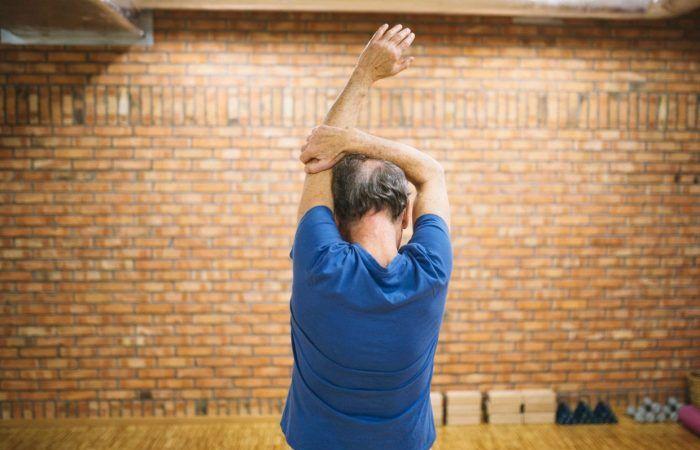As we age, it is more important to gain muscle than to lose weight, as explained by Jessica Espinoza, an academic at the School of Kinesiology at the University of Talca. “The human being has been designed to move and his muscles are the engine for this,” she stressed.
“As we develop, we can perform different tasks thanks to our muscles and other systems such as the cardiorespiratory, pulmonary and neuromuscular systems. As we age, we lose muscle mass and strength and this can – at some point – lead to losing the ability to carry out daily activities,” explained the professor, who is also a researcher at the Interuniversity Center for Healthy Aging (CIES).
Although this decrease in muscle mass and strength is normal in an aging body, the expert indicated, one must be alert to a decrease that exceeds certain levels of normality, since we could be in the presence of a “geriatric syndrome known as sarcopenia, which can compromise physical performance, generate fragility and reduce the ability to carry out daily activities.
In this context, physical activity becomes an indispensable tool to avoid a drastic decrease in the functionality of the elderly, and, above all, exercises that involve muscular work with external resistance.
What is recommended, the specialist highlighted, “is 150 minutes of weekly aerobic activity, which is more or less 30 minutes five times a week, incorporating strength exercises with external resistance 2 to 3 times a week. How much would that be quantitatively? One or two sets of 80% of a Repetition Maximum (RM), which is the maximum weight you can lift once. For example, if you lift 10 kg in a multi-joint exercise, you can do one to two sets of 10 to 12 repetitions with 8 kg, and that will be the best way to gain muscle strength.”
But it is not only muscle strength that is important, explained the academic Jessica Espinoza, “another relevant element is power. Muscle strength is needed to climb stairs and get on a bus, but when we face a fall, a stumble, you have to react quickly and for that you need power, which is extremely important for the elderly and that implies doing work with external resistance, but doing it faster. That will incorporate both types of training, developing strength and muscle power at the same time.”
Exercise to prevent illness
The lack or decrease in physical activity is closely related to the appearance of diseases such as hypertension, diabetes and obesity. “Sedentary behavior causes more calories to be consumed, which are transformed into fat, and also decreases the uptake of glucose by the muscles, and therefore more accumulates in the blood,” said the CIES specialist.
In addition, he explained that, “when a person has a strong muscle, they will also have a strong bone. Cardiometabolic and musculoskeletal diseases, in addition to osteoporosis, are closely associated with lack of physical activity. Therefore, and to the extent that we use more muscle mass during exercise, we will capture more glucose and reduce blood glucose levels, regulate blood pressure and also maintain emotional health.”
Finally, the specialist called on “older people to reduce the amount of time they spend sitting and increase physical activity, so that they can maintain muscle health and be functional, have good physical performance, and be able to carry out their daily activities, reducing the risk of fragility and disability.”


